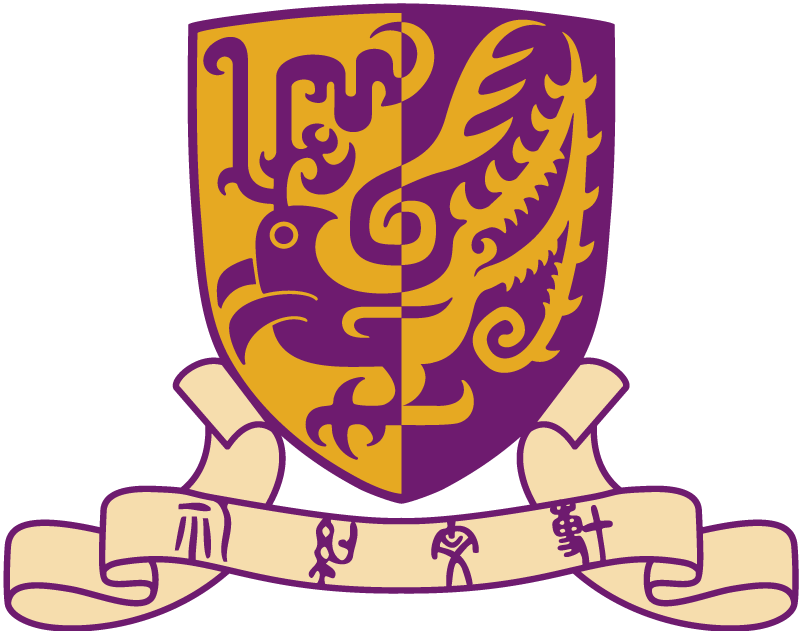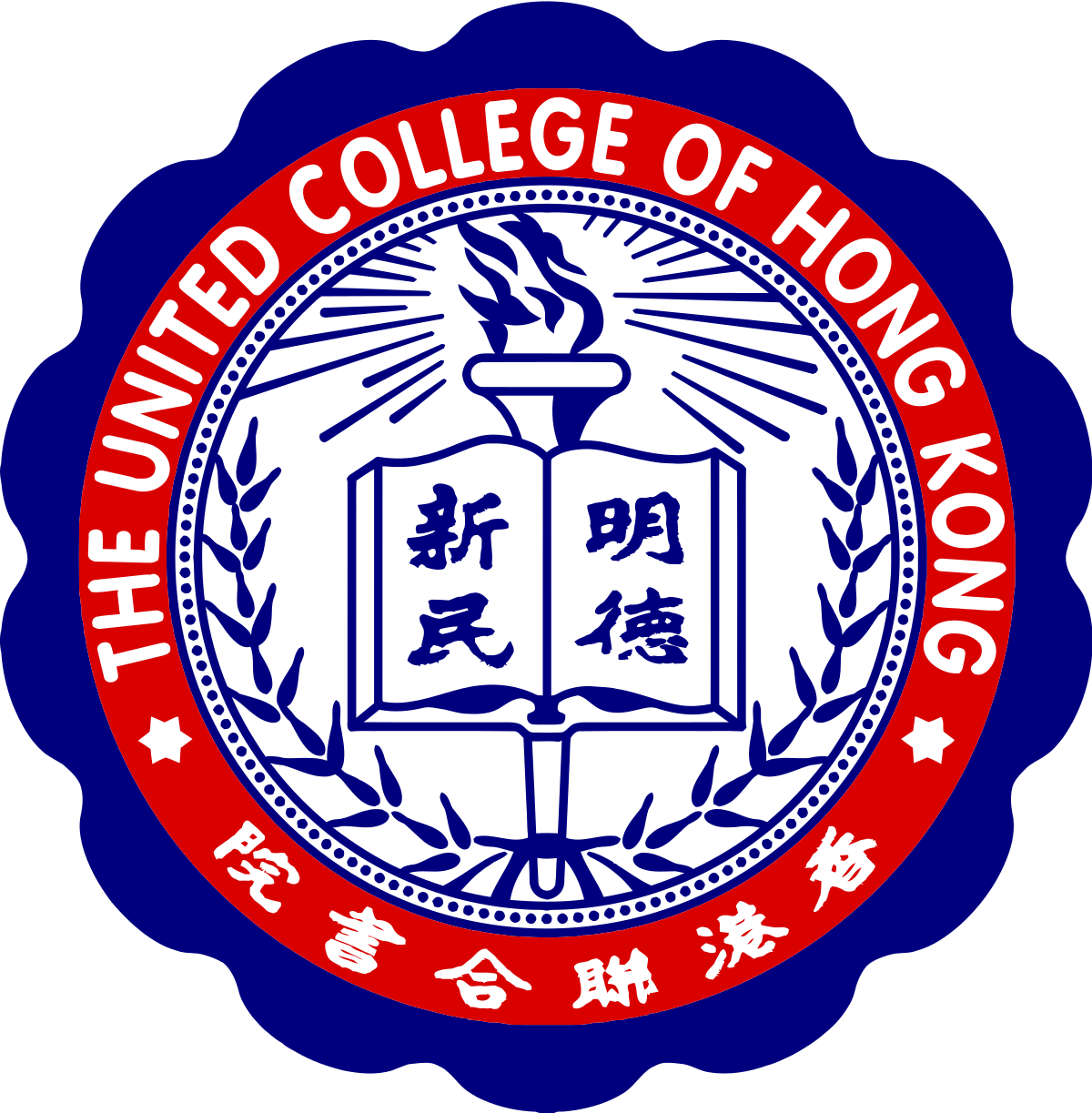Diversity & Inclusion at United College – Committee on Inclusive Excellence
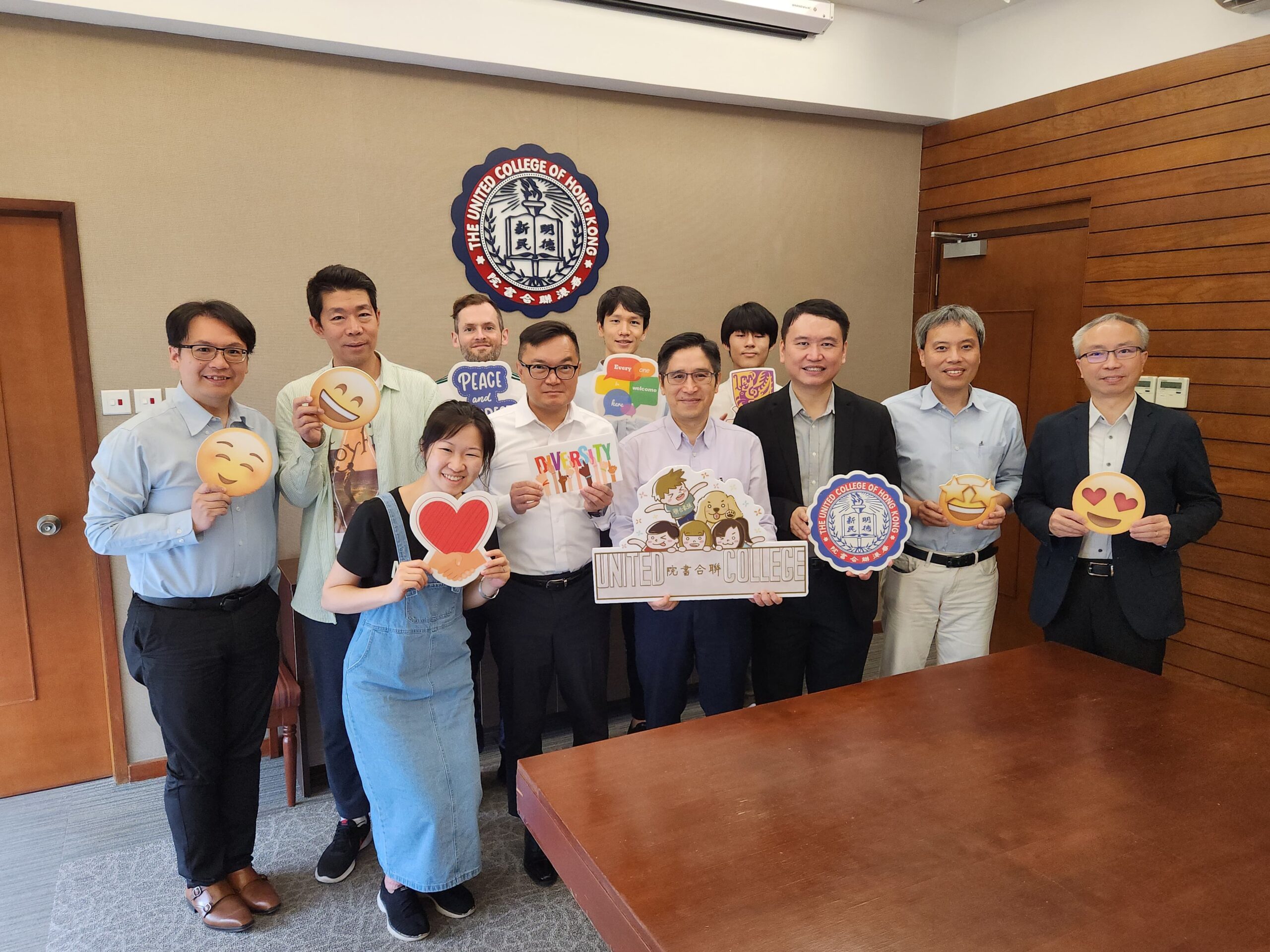
Student Reporter: Holiday Y Y YU (COMM/2)
“Inclusion does not mean tolerance, but rather the creation of an environment where everyone can feel valued, feel present, and have the ability to express their viewpoints. With this awareness, I think the world can be a better place.” When asked about his views on diversity and inclusion, Dr John H W Lai, Chairperson of the Committee on Inclusive Excellence, United College, said solemnly.
Diversity Inspires Creativity, Integration Deepens Understanding
The Committee on Inclusive Excellence, established in 2023, operates as a working committee under the Assembly of Fellows of the United College. Its aim is to create a diverse, yet inclusive and supportive environment for all College stakeholders. The Committee also makes recommendations on the College’s programmes, practices and activities to ensure that they adhere to the creation of a diverse and inclusive environment. Dr Lai, who has received education in the United States, Hong Kong and Australia, and has been teaching at The Chinese University of Hong Kong for nearly 20 years, believed that an environment where different values are valued and respected, and where everyone is able to express themselves, is an important manifestation of inclusion. He therefore hoped that the Committee can foster an inclusive environment within the College to connect people. Dr. Lai chuckled, “Given the size of the university, colleges can play a significant role in aligning with the university’s mission of diversity and inclusion.”
Having staff and student representatives from all over the world in the Committee is also a consideration for inclusiveness. Dr Lai emphasised, “We aim to incorporate diverse input from students, which is why we involve representatives from the College Student Union, College Mainland Students’ Association, and the United Club in the Committee. This allows us to easily access different perspectives during discussions. It’s not about engaging in debates; it’s about tapping into collective wisdom.” Dr Lai further highlighted the benefits of having diverse voices in meetings, stating that diversity serves as a catalyst for creativity, “Our global and varied backgrounds bring forth a multitude of ideas. In the past, people prioritize attitude when hiring staff, believing that a positive attitude could compensate for any shortcomings. However, diversity has now gained greater importance.”
 A photo taken at the tea gathering of the Committee on Inclusive Excellence.
A photo taken at the tea gathering of the Committee on Inclusive Excellence.
“CUHK has witnessed a growing number of non-local students in the past decade or so, and I believe there is still ample room for us to enhance our diversity and inclusivity as a university,” Dr Lai expressed. “Inclusion goes beyond merely speaking the language of our foreign friends when they visit us. It also entails adopting an attitude of embracing local customs, where newcomers endeavour to learn the local language and adapt to the surrounding culture. For instance, when I visit Thailand, I make an effort to learn Thai. Similarly, when international students come to Hong Kong, we also hope they can learn a bit of Cantonese or Putonghua, rather than solely relying on English for communication.” Dr Lai views inclusion as a two-way street, highlighting the need to “localise” after “globalise”. He humorously cited an example of his own localisation experience, saying, “The pace of life in Malaysia is quite slow. When I arrived in Hong Kong in 1994, I experienced a significant culture shock. I remember leisurely walking out of the Admiralty MTR station after work, only to be swiftly pushed aside. Nowadays, I have successfully adapted to the bustling pace in Hong Kong, standing by the MTR door and swiftly walking out as soon as it opens.”
The Creation of an Encompassing College Environment
Dr Lai summarised three key points regarding the importance of diversity and inclusion in the College. Firstly, it can enhance students’ learning experience. When students from different backgrounds and cultures come together, it enriches their understanding of the world and promotes critical thinking. With over 3,000 students, including more than 500 non-local students, the diversity brought about by globalisation has helped students to understand and respect each other’s different values. Secondly, Dr Lai highlighted that diversity and inclusion foster students’ awareness of global citizenship. The College plays a crucial role in nurturing students during their university years, shaping them into global citizens with a global perspective. “Cultural literacy emphasises the significance of thinking not only from one’s own perspective but also from a ‘we’ perspective,” said Dr Lai. Thirdly, he noted that diversity and inclusion enhance creativity, “When we hear voices from different backgrounds, religions, and countries, it helps stimulate creativity.” Dr Lai cited an example from the classes he taught, explaining that a project group must include local, mainland, and international students to be considered valid. The aim of exchanges and debates is not to create hostility over our differences, but rather to cultivate mutual understanding. It is precisely through diversity that creativity can be fueled. If everyone thinks and feels the same way, creativity will be stifled.
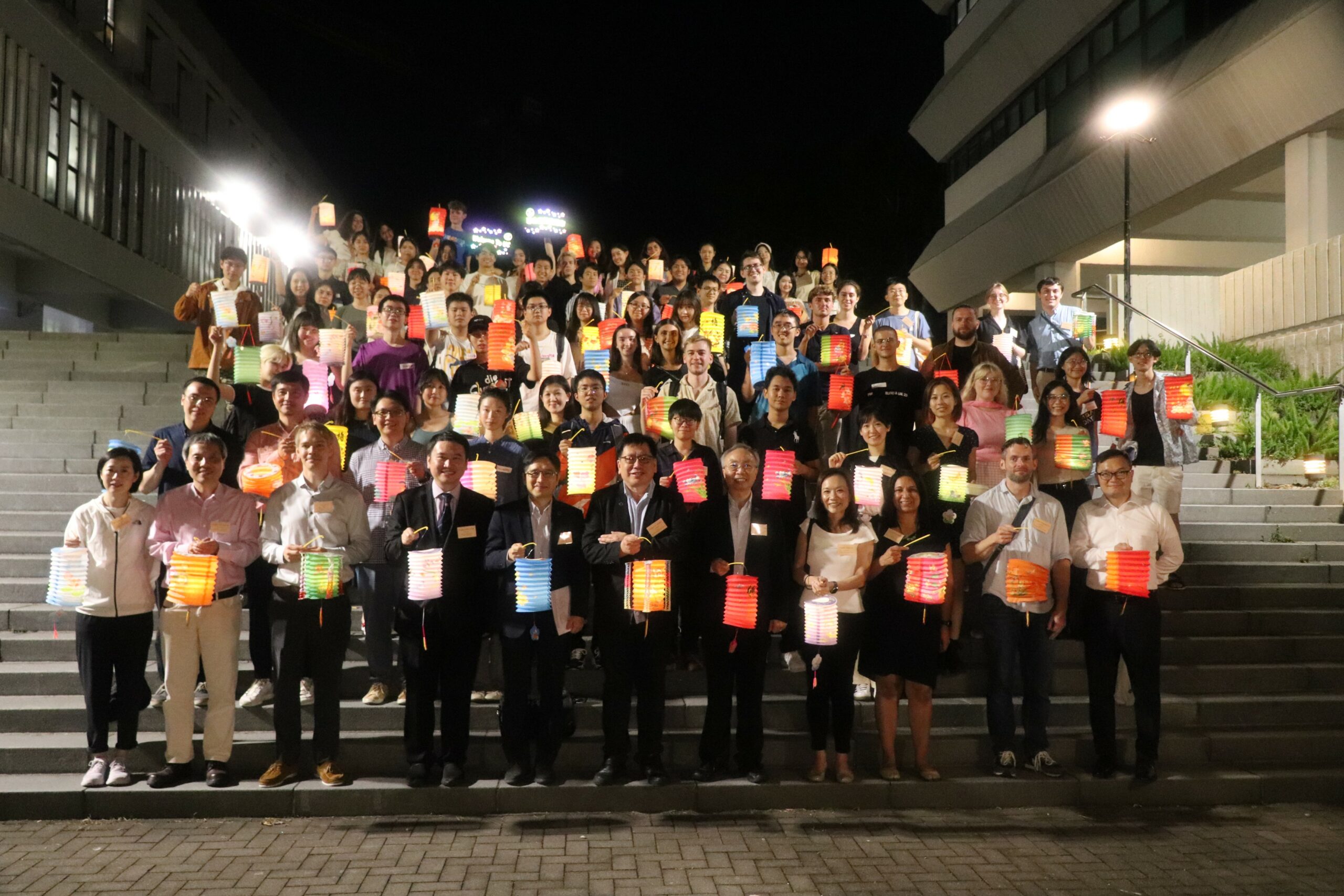 The College organises the Welcome and Mid-Autumn Festival Dinner for Exchange and Non-local Students every year, which Dr Lai attended earlier.
The College organises the Welcome and Mid-Autumn Festival Dinner for Exchange and Non-local Students every year, which Dr Lai attended earlier.
When implementing diversity and inclusion in the College, Dr Lai believed that the following aspects should be considered, “Firstly, the curriculum is crucial. In the past, the College General Education courses were only taught in Cantonese. However, with the changing times, we have progressively made updates. We certainly respect the local language, but learning a language also takes time. We should be more embracing and allow students from different backgrounds to participate in and understand the course content. Secondly, cultivating an inclusive campus culture. Lastly, supporting services and resources are also very important.” Regarding the last point, Dr Lai cited recent accommodations made by the College for inclusivity – the Music Rooms in Adam Schall Residence, Bethlehem Hall, and Hang Seng Hall have been renamed to Music Room and Multifaith Prayer Room; the Common Room in Chan Chun Ha Hostel has been designated as a Multifaith Prayer Room, where students can freely engage in activities such as piano playing, prayer, or meditation. During committee tea gatherings, participants discussed the idea of placing Qibla pointers in the Multifaith Prayer Rooms. “While the Multifaith Prayer Room is designed to serve individuals from different religious backgrounds, providing a Qibla to indicate the direction of Mecca will assist Muslims with performing their prayers. This simple adjustment helps to create an inclusive environment where people of various faiths can comfortably hold religious rituals. These pointers make them feel accepted and embraced, even in hostel rooms located far away from their homeland.”
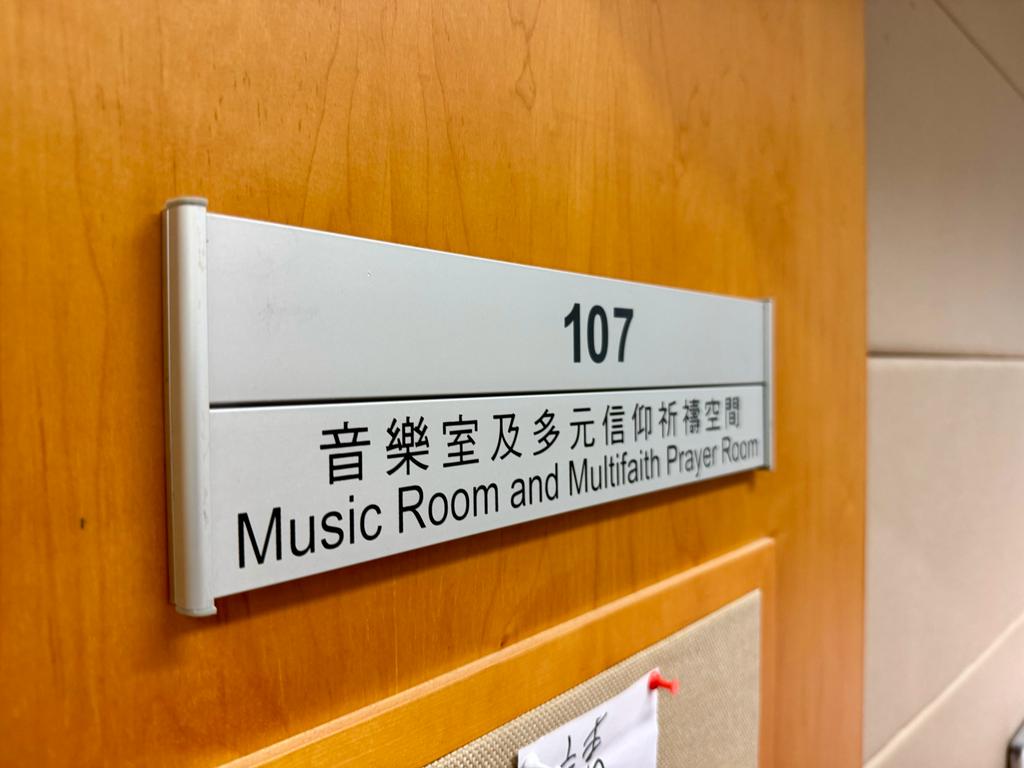
The Music Room and Multifaith Prayer Room
In addition, to promote inclusiveness and cater to diverse needs, the Committee has converted most of the barrier-free washrooms in the College into all-gender washrooms. The new signage on these toilets includes symbols representing male, female, neutral gender, and people with disabilities. In terms of catering, the College offers a wide range of food options to accommodate staff and students with different dietary requirements. In early September 2023, a vending machine was installed on the 10th floor of the Chan Chun Ha Hostel, providing halal and vegetarian food items, both hot and cold, as well as snacks. Vegetarian food is also available in the student canteen. To further promote inclusiveness, the College has organised a series of welcome events. These include a welcome dinner for exchange students and non-local new students, a tea gathering with new students from the Mainland in September, and a tea gathering with students from UCSU, UCUC, and UCMSA in November. These events serve as platforms to bring people together and foster dialogue in a relaxed atmosphere, as Dr Lai expressed with a smile, “I really like these different activities. The tea gathering is not just a meal. Its true purpose lies in offering a space for people to come together and engage in dialogue within a comfortable and congenial setting.” Simultaneously, the College has launched the United College Funding Scheme for Enhancing Inclusiveness and Diversity. This initiative aims to encourage student bodies to consider diversity and inclusion when organising activities on campus.
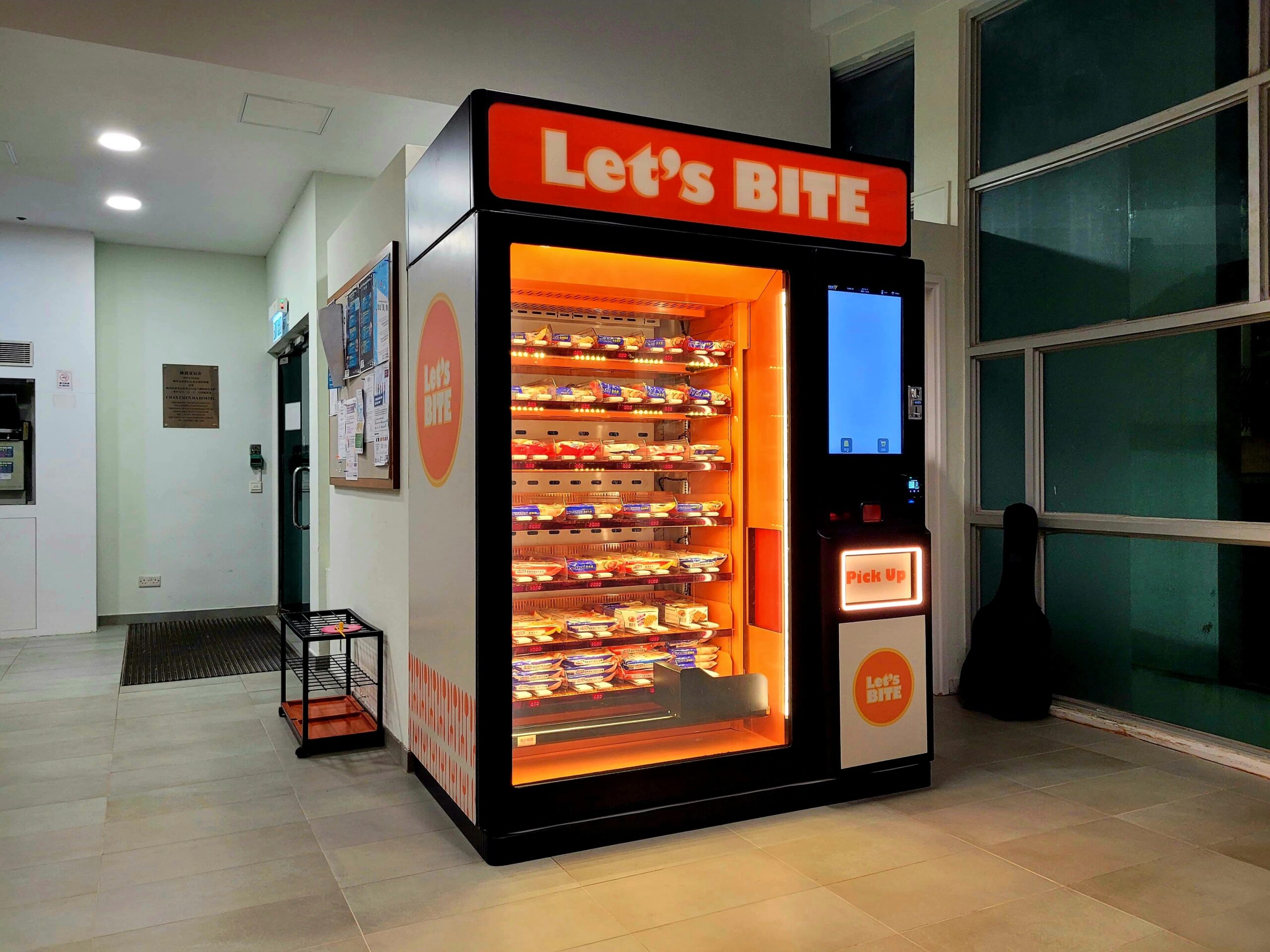 Vending machine providing halal and vegetarian food is located on 10/F, Chan Chun Ha Hostel.
Vending machine providing halal and vegetarian food is located on 10/F, Chan Chun Ha Hostel.
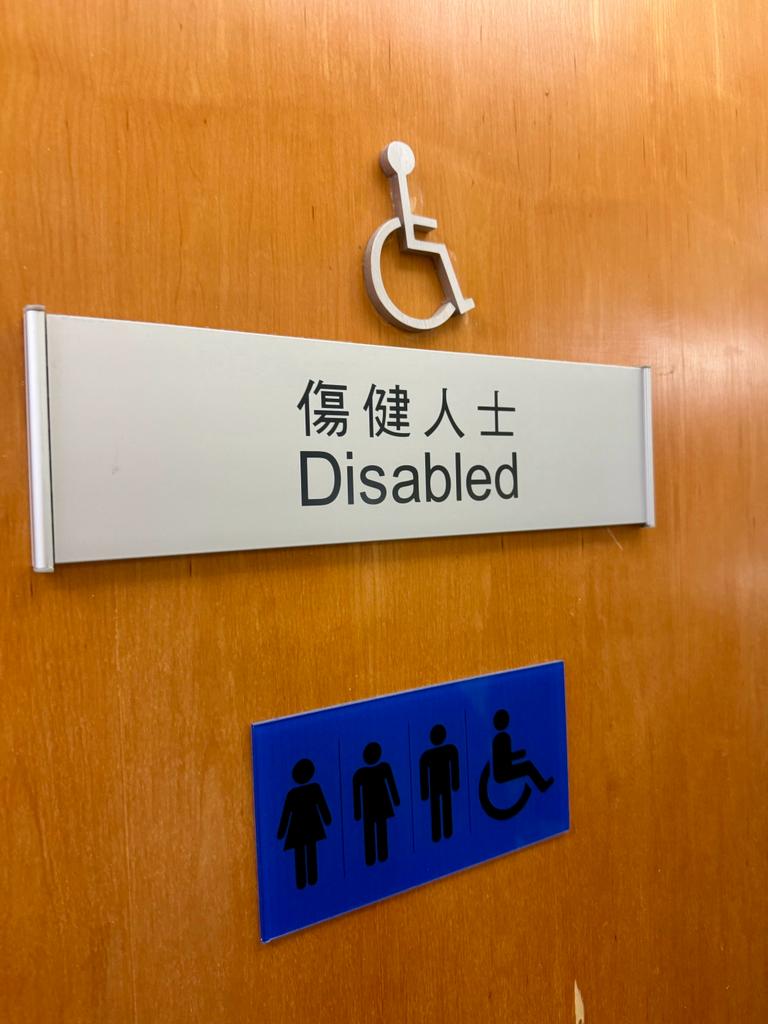
Accessible washrooms with symbols for male, female, and gender neutral.
Future Diversity and Inclusion Practice
Dr Lai considered that the establishment of the Committee on Inclusive Excellence as a positive step towards promoting individuals’ interest in diversity and inclusion. He believed that the College Orientation serves as a valuable platform for fostering closer connections between local and non-local students. Furthermore, Dr Lai highlighted the importance of cultural exchange activities. “We encourage clubs to organize such activities and welcome all students to participate.” For instance, he suggested inviting international students to celebrate the Lunar New Year, allowing them to understand the significance of traditions like giving red packets and partaking in Lunar New Year dinners.” Regarding language learning, Colleges and the University have implemented language learning programmes to support students in acquiring Cantonese, Putonghua, English, and other languages based on their individual needs. This helps equip students with the necessary language skills. In addition to students, faculty and staff are also important members of the college. In December of last year, the Committee organized a tea gathering event, allowing members, dormitory wardens, non-residential hall wardens, and staff who completed the online training course “Diversity and Inclusion: Unconscious Bias 2023” to exchange ideas on campus diversity and inclusion in a relaxed environment, and together promote diversity and inclusion.
What does Dr Lai consider to be the indicators of successfully achieving diversity and inclusion on campus? “The University already has relevant guidelines on diversity and inclusion. At the college level, we can implement them in parallel with the University, and even do more.” Dr Lai pondered, “If we really need an indicator, we might need to conduct surveys to ask the students. Because our committee was just established last year, in the future, in the second or third year, we can consider conducting surveys on campus atmosphere and sense of belonging.” Engaging in dialogue with students can yield responses related to these areas, so Dr Lai attaches great importance to activities that allow interaction with students.
Looking forward, Dr Lai hopes to gain a better understanding of the barriers to diversity and inclusion, and incorporate culturally enriching experiences with an international perspective into the curriculum. “We should not deprive students of their right to learn. We should strive to be more inclusive and attentive to all students, including those with special needs.” He also pays close attention to whether current technology can enable students of different abilities to learn without obstacles. Dr Lai stated, “Hong Kong has a population of over 7 million, the Greater Bay Area has over 80 million, and China has a population of 1.4 billion. In Asia, there are over 4 billion people. We have a lot to do to understand the world in order to have an international perspective.”
 Dr John H W Lai, Chairman of Committee on Inclusive Excellence, posed a photo after the interview.
Dr John H W Lai, Chairman of Committee on Inclusive Excellence, posed a photo after the interview.
